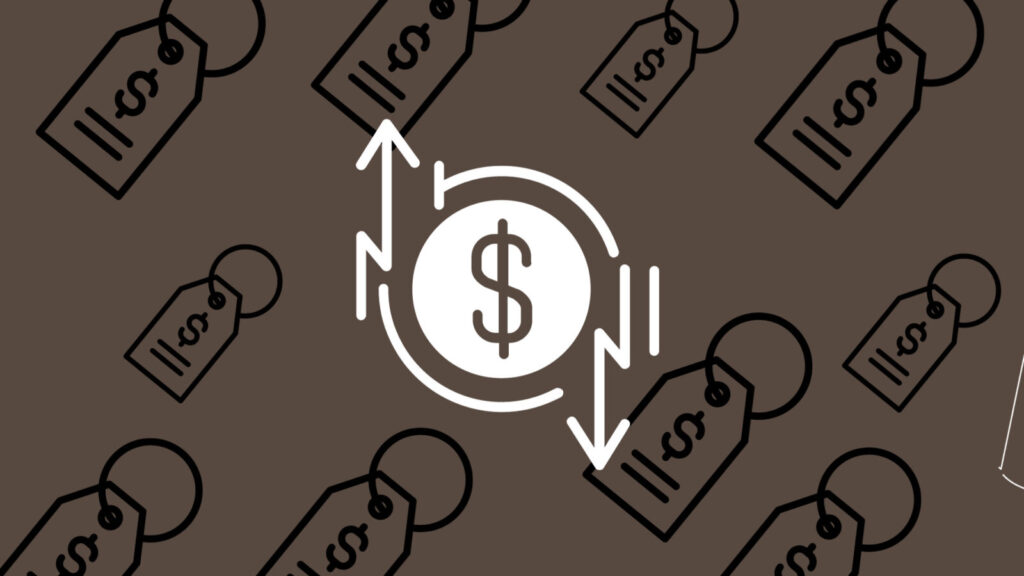Earlier, we published an article explaining the main pricing strategies. From this article, you will learn what “cost+”, “cream skimming” and “conscious dumping” are. You will also receive basic recommendations on dynamic pricing and the feasibility of its use.
In the same text, we want to reveal other equally popular pricing strategies. Amazon is a highly competitive marketplace, so the main calculations in this text will be based on identifying your competitors’ strategies and how you can use them in your project.

In fact, the main question for analysis is already reflected in the title of the section. Our main task is to understand what principles other sellers were guided by when determining the value of their goods.
However, first, we need to find and identify our competitors. We have written in detail about how to stand out from other sellers and conduct an analysis in another article (follow the link to read the material). Here is a quick reminder:
Based on the data obtained, you can conduct both a full-fledged analysis of Amazon’s competitors and obtain data for comparing pricing strategies. To begin with, we define the upper, lower, and middle price points.
Let’s say you sell fitness trackers similar to those offered by your competitors. The analysis shows that the main ones are priced between $80 and $120.
You can resort to dumping and sell your product for $75 or take the arithmetic mean of $100. You can compete at the top end only if your product has exceptional advantages (or you provide a fundamentally different level of service).
Dumping can have both positive and negative consequences. Here are some scenarios when such a strategy may be appropriate:
1. Introducing a new product (to quickly capture market share and increase audience awareness).
2. Optimization of balances (to avoid loss of profit, we can sell goods at a lower cost than usual).
3. Luring customers away from competitors, especially if you have an undeniable advantage or the ability to provide additional services or unique products in the future.
4. Reacting to other players’ actions: In response to your competitor’s dumping, you can also temporarily lower your prices to preserve your customer base and minimize the loss of market share.
However, it is worth remembering that dumping can have negative consequences. In particular, loss of profit, reputational losses (buyers may perceive low prices as a signal of lower quality), undermining price expectations, which will make it difficult to return to normal figures in the future.
Therefore, dumping should be strategically justified and used carefully to minimize negative consequences. Use it as a temporary tool to achieve certain goals.
Therefore, the next step that will allow you to set optimal prices on Amazon is to define your USP (unique selling proposition) and advantages.
Let’s imagine that your tracker has an additional function of heart rate detection that your competitors don’t have. In this case, you can set an initial price of $110, justifying it with unique functionality.
So, you know your competitors and their pricing policies. And you’ve even established the approximate cost of your goods. It’s time to make some adjustments to the “base”.
In this case, we are not talking about improving the quality of the product itself, but about creating additional motives for buying it. Let’s say you offer free shipping/premium packaging/gifts with an order (include these cost items in the calculation).
For example, we offer a basic version of a product at a competitive price, and a premium version with additional features at a higher price.
Conditional benchmarks:
Fitness tracker – $75
Fitness tracker with heart rate detection – $110
Fitness tracker with heart rate detection + free shipping + gift wrapping + 2 leather interchangeable straps – $130
If competitors regularly offer discounts or promotional offers, take this into account when setting your prices. For example, if other sellers often offer a 20% discount on certain products, you can set your base price a little higher and offer a similar discount to attract customers.
Let’s say you sell bathing suits. Usually, the demand for them is low in winter, so it would be logical to lower prices to support sales during this period.
Remember that pricing is an art that requires continuous analysis. Therefore, we advise you not to stop in this process, to maintain a regular adjustment policy and to “keep your finger on the pulse” of the market situation.